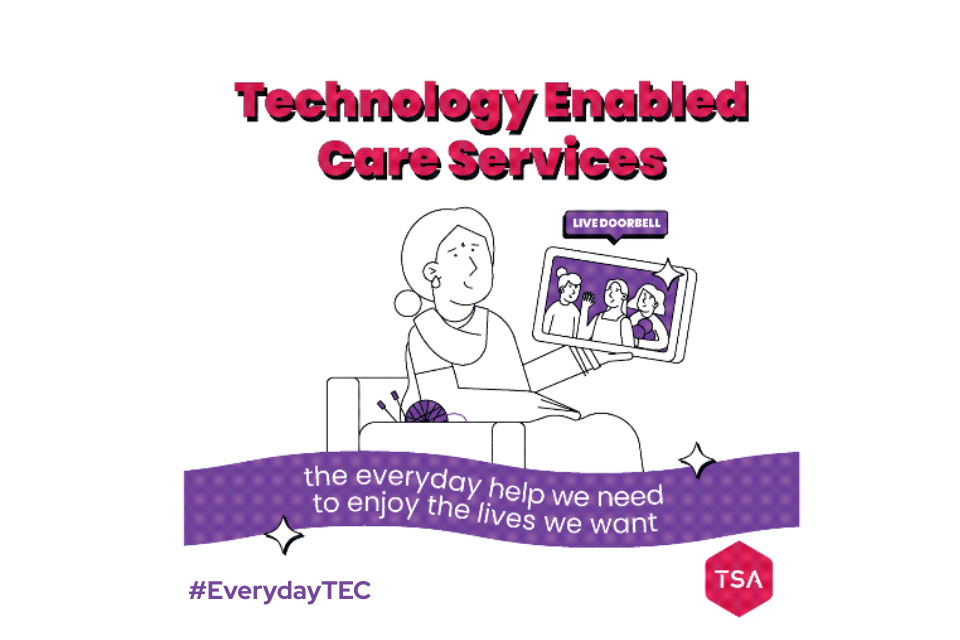Why?
Mobile devices (including smartphones and tablets) are increasingly being used by care providers to access and manage care data. These devices are now as powerful as traditional computers, and as they leave the safety of a fixed working environment, they often need additional protection.
How?
There are several steps you can take to protect mobile devices and tablets:
- Switch on screen-lock protection – Make sure mobile devices are locked when not in use, for example with a suitably complex PIN or built-in fingerprint scanner.
- Make sure lost and stolen devices can be tracked, locked, or wiped – Staff are more likely to have their tablets or phones stolen (or lose them) when they are out and about. Fortunately, many devices have free web-based tools that are invaluable should a device be lost or stolen.
- Keep devices and apps up to date – Just like a ‘desktop’ computer mobile devices and apps need to be kept up to date to ensure that critical security updates are applied.
- Only connect to trusted Wi-Fi networks – when you use public Wi-Fi hotspots (for example in coffee shops), there is no way to easily find out who controls the hotspot. If you connect to these hotspots, somebody else could access or what you are working on whilst connected your private login details.
Some care providers allow staff to use their own devices to access and manage data. A Bring Your Own Device (BYOD) approach can increase flexibility and reduce costs when compared to providing devices for staff.
However, it also creates several legal and security risks and issues that need to be carefully considered and managed. Thought should be given to what data can be accessed from the device, how that access is managed, and agreeing on a policy with staff for the use of personal mobile devices and tablets for work purposes and how to protect them. We have a template BYOD policy which you can download and adapt.
We have guidance on how to choose a mobile device which works for your organisation and also on Mobile Device Management Software.

